08 December 2021
Hearing-impaired children, according to numerous studies, continue to find it difficult to receive quality and affordable digital education. Nowadays, there are 22 381 registered individuals with deafness and hearing loss in Uzbekistan, 13 501 of whom live in rural areas (men – 12 528, women – 9 853). 4 965 children study in special boarding schools. The number of students in special colleges for children with hearing disabilities is only 49 people and only 32 students study in higher educational institutions.
ITU’s membership, including Uzbekistan, is fully committed to advancing ICT accessibility implementation in their counties and regions. This is also reflected in ITU’s engagements and contribution towards inclusiveness in several Resolutionsadopted by our members to support the implementation of digitally inclusive societies.
ITU Strategic Goal 2 (“inclusiveness”) and specifically Target 2.9 calls on all ITU Members to establish “enabling enivronments ensuring accessible telecommunications/ICTs for persons with disabilities” by 2023.
At the suggestion of the Ministry for Development of Information Technologies and Communications of the Republic of Uzbekistan, the International Telecommunication Union, in partnership with the IT-Park of Uzbekistan, opened Learning Center of IT for Hearing Impaired Children in Tashkent in November 2021.
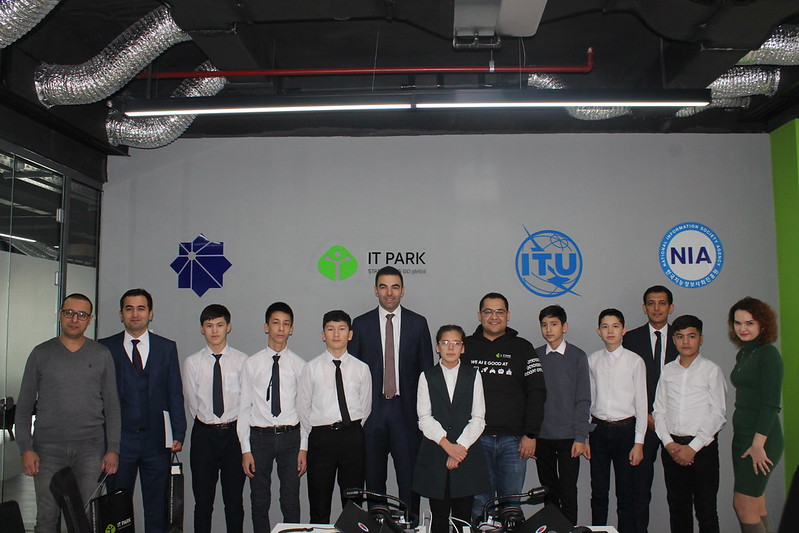
The official opening of the Learning Center of IT for Hearing Impaired Children in Tashkent was held on November 26, 2021, during which a group of students received their certificates for completing the first part of the 'basics of computer literacy and web technologies' training course.
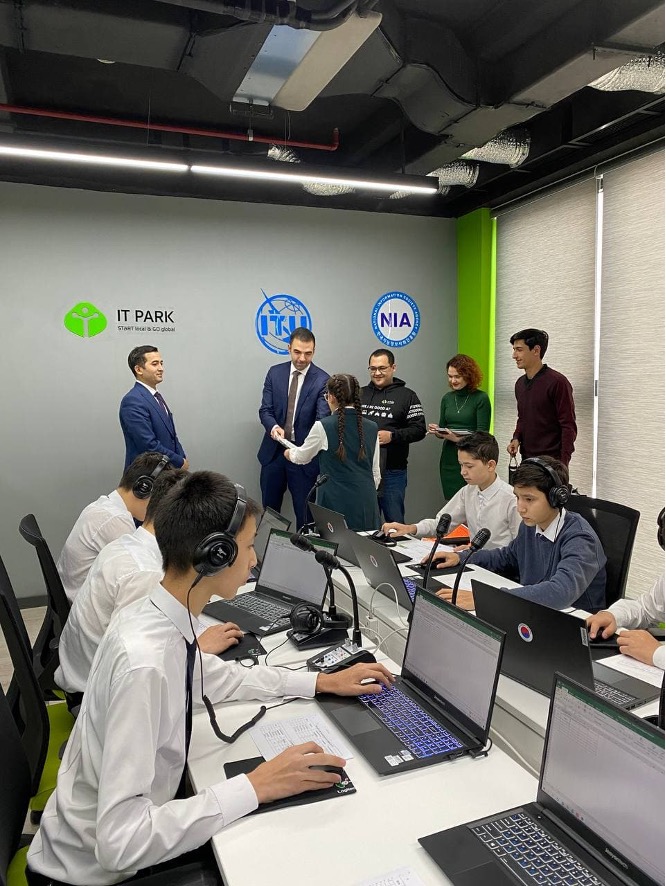
Now three groups of students, consisting of 24 people aged 13 to 19 years old, are learning: graphic design using Photoshop and Corel Draw; the basics of computer literacy and web technologies in two stages, including courses on Microsoft Office and Scratch language programming; and HTML and CSS.
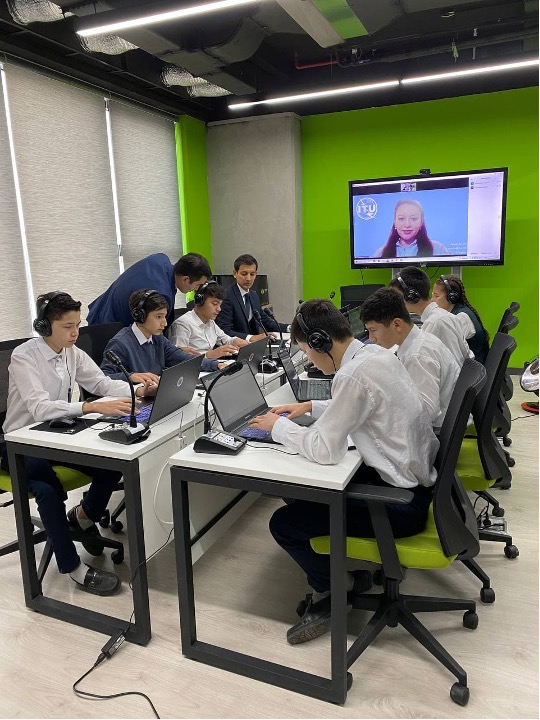
The Learning Center of IT for Hearing Impaired Children is equipped in accordance with international standards and has all the necessary audio equipment for each child, taking into account his individual needs. Each teacher was individually trained in sound operation and tuning. Setting up the headphones, children don`t hear interference in the sound, which makes learning possible, accessible and convenient.
The classrooms were also equipped with laptops for each student and teacher, and interactive touch panels were installed for a visual demonstration of the teacher`s materials.
In order to form the design of teaching classes, a study of current boarding schools for hearing impaired children was carried out. As a result, the classrooms of the Center are designed in a minimal style for comfortable teaching of students and maximum concentration of their attention on learning.
The experts have created a special methodological base in Russian and Uzbek languages for the "graphic design" and "the basics of computer literacy and web technologies" courses. These manuals contain a detailed description of each topic, illustrations and all the necessary terminology that students need.
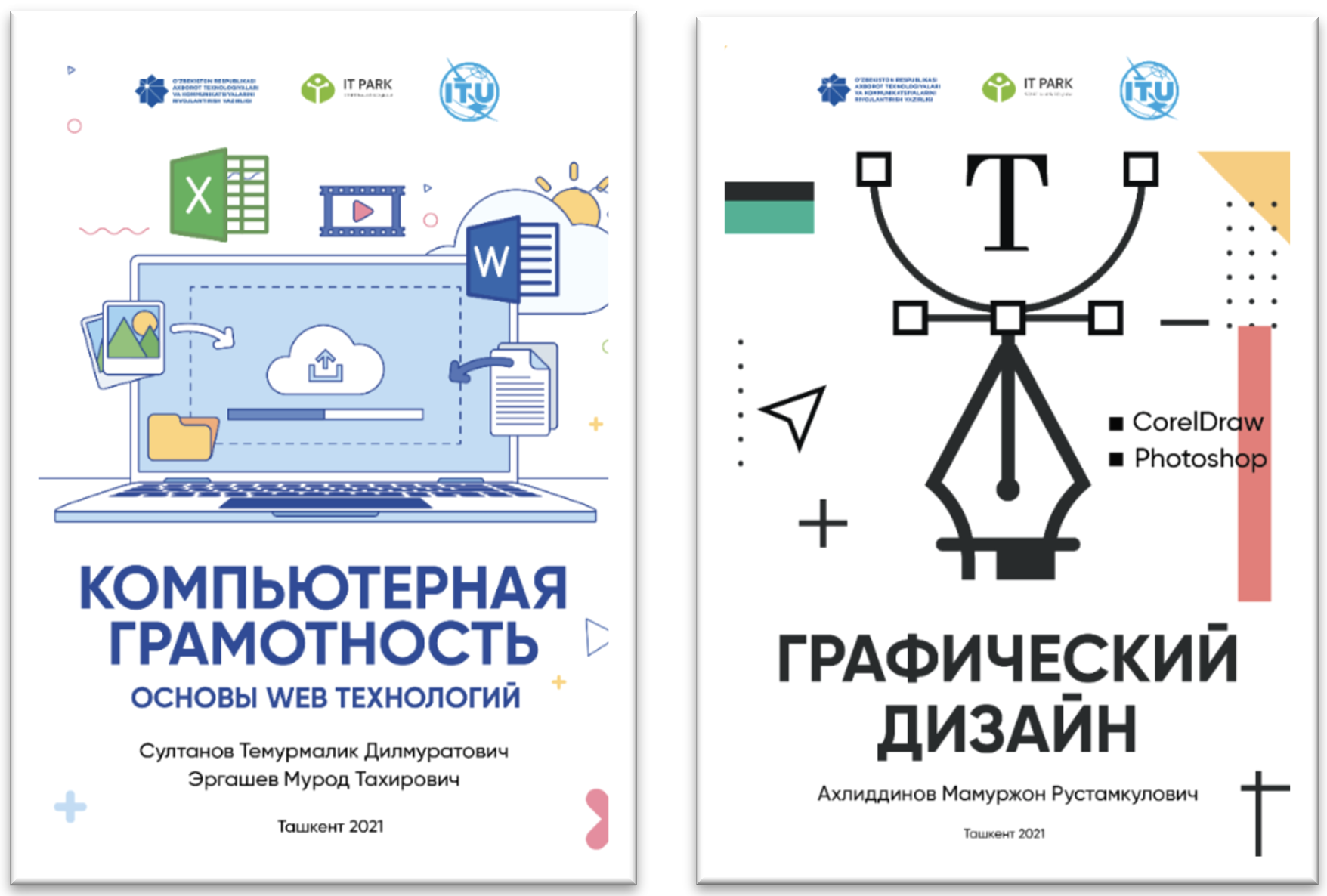
Creating a program and teaching methodology for children, sign language translation of 20 video courses "One Million Uzbek Coders" (OMUC) on "Fullstack" was also implemented. Hearing-impaired students of the Center also got access to them.

For the first cohort of students on the course, interviews were conducted with children from specialized boarding schools for hearing-impaired children.
The selection was carried out according to age, the average score in the subject "Informatics", grade, degree of hearing loss, presence of hearing aids, type of headset of hearing aids, and ability to use sign language.
Special attention was also paid to the interest of children in the field of information technology. Children from 13 to 19 years old were selected. When forming the groups, it was taken into account that there should be several students from the same class to create a familiar environment for children, where they study with classmates.

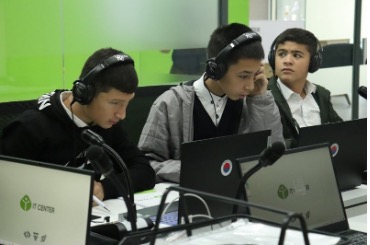
All selected children were divided into groups depending on their interests and current skills available. Older children were assigned to the ‘graphic design’ group for the opportunity to acquire skills and apply them in the future in their professional activities. Younger children were assigned to ‘the basics of computer literacy and web programming’ courses to learn basic knowledge and to take an opportunity to continue learning information technology skills through video lessons from OMUC.
The educational process is regulated by leading specialists in the field of information technology, who help children to gain quality knowledge.
It is also important to note that the creation of the Learning Center has made a contribution to the implementation of ITU CIS Regional Initiative 1 " Development of e-health to ensure healthy lives and promote well-being for all, at all ages" and Regional Initiative 2 "Use of telecommunications/information and communication technology to ensure inclusive, equitable, quality and safe education, including the enhancement of women's knowledge of ICTs and e-government”, and also contributes to the implementation of the goals of the Communications Administration of the Republic of Uzbekistan.
Read more about ITU's work in the region towards ICT accessibility:
Digital Accessibility Resources >>
Training on inclusive technologies in Bishkek >>
Digital Accessibility Event in Minsk >>
|